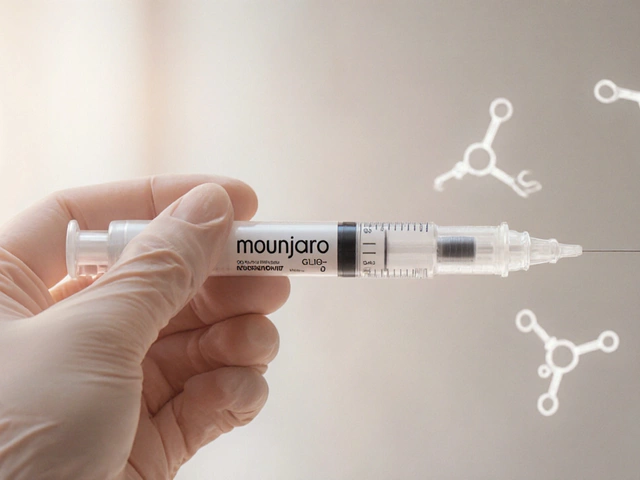Post‑Surgery Pain: What to Expect & How to Ease It
Just had an operation? The ache after surgery is normal, but it doesn’t have to keep you glued to the couch. Understanding why the pain shows up and which tools work best can speed up your recovery and keep you feeling like yourself sooner.
Why the Hurt Happens
Surgery cuts tissue, bruises muscles, and triggers inflammation. Your body reacts by sending pain signals to protect the area while it heals. The type of incision, the length of the procedure, and even your personal pain tolerance all shape how intense the ache feels. Knowing the source helps you pick the right remedy—whether it’s a pill, a cold pack, or a gentle stretch.
Top Ways to Cut the Pain
1. Medication, smartly. Over‑the‑counter options like ibuprofen or acetaminophen are usually enough for mild‑to‑moderate pain. If your surgeon gave a prescription, follow the dosage and timing exactly—skipping doses can make pain flare up later. Never mix two NSAIDs together; it can hurt your stomach.
2. Cold and heat. Ice packs in the first 48 hours reduce swelling and numb the area. After that, a warm compress or a warm shower can relax tight muscles and improve blood flow.
3. Move, but don’t overdo it. Light walking improves circulation and prevents stiffness. A few minutes every hour is better than staying still all day. Ask your physio which gentle stretches are safe for your specific surgery.
4. Supportive gear. Compression sleeves, braces, or specialized pillows keep the operated part stable and lower strain. They’re especially useful after joint replacements or spine work.
5. Lifestyle hacks. Stay hydrated, eat protein‑rich foods, and get enough sleep. All of these give your body the building blocks it needs to repair tissue faster, which can naturally dial down the pain.
If the ache spikes suddenly, lasts longer than the prescribed period, or comes with fever, redness, or drainage, call your doctor right away. Those could be signs of infection or a complication that needs attention.
Remember, every person’s recovery timeline is different. Some feel better in a few days, others need a week or more. Keep a simple pain diary—note what you did, what helped, and when the pain changed. This record makes it easier for your surgeon to adjust treatment if needed.
Bottom line: combine the right meds, a bit of ice or heat, gentle movement, and good rest. Listen to your body, and don’t hesitate to reach out for professional help if anything feels off. With these steps, you’ll get past post‑surgery pain faster and get back to the things you love.

Understanding the Most Challenging Phases After Knee Replacement
Knee replacement surgery significantly improves mobility and quality of life. However, understanding the most painful period after the surgery is crucial for preparing mentally and physically. This article will delve into the initial recovery phase, factors affecting pain levels, tips to manage discomfort, and the road to long-term recovery. With the right knowledge, you can navigate the healing process more confidently.




